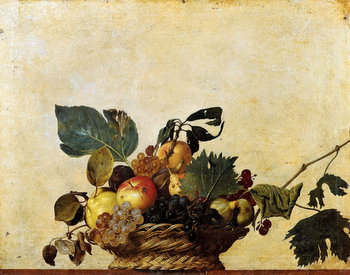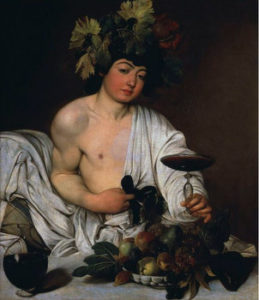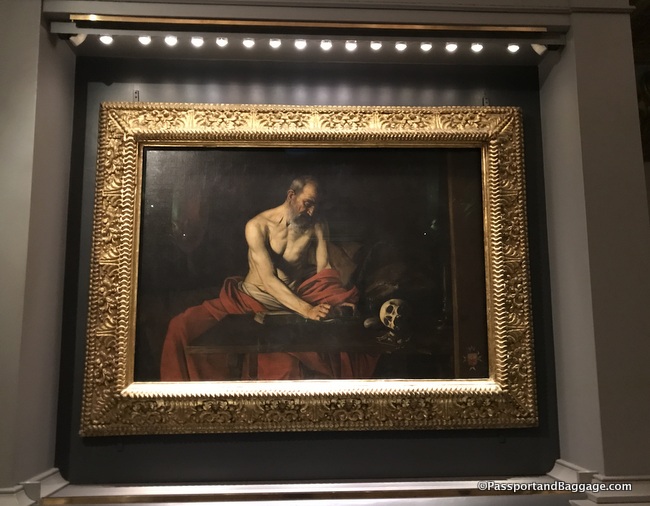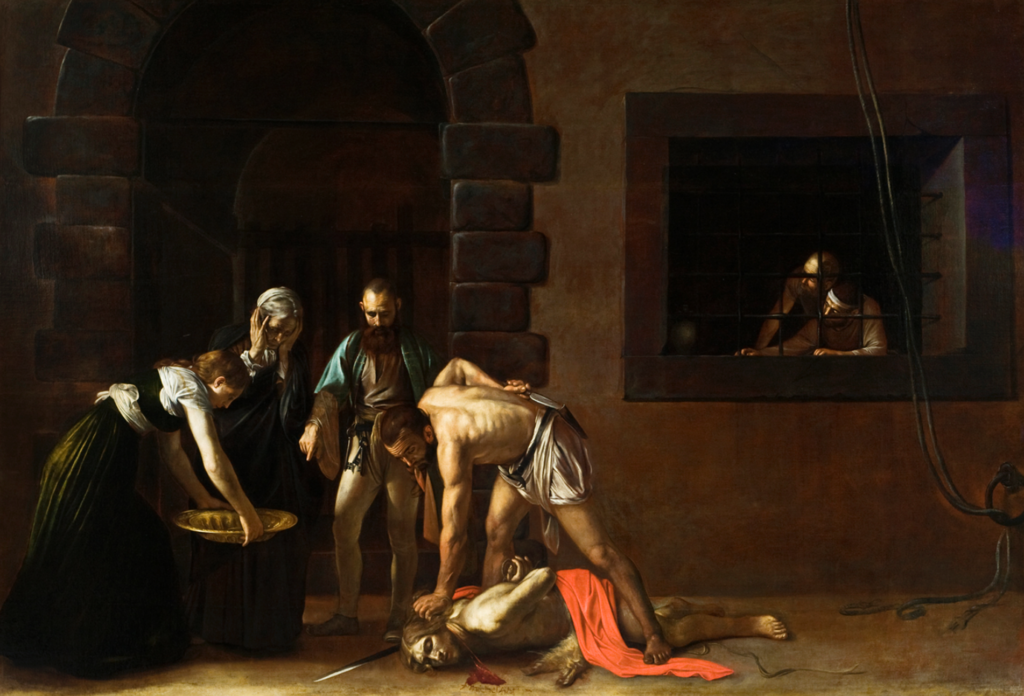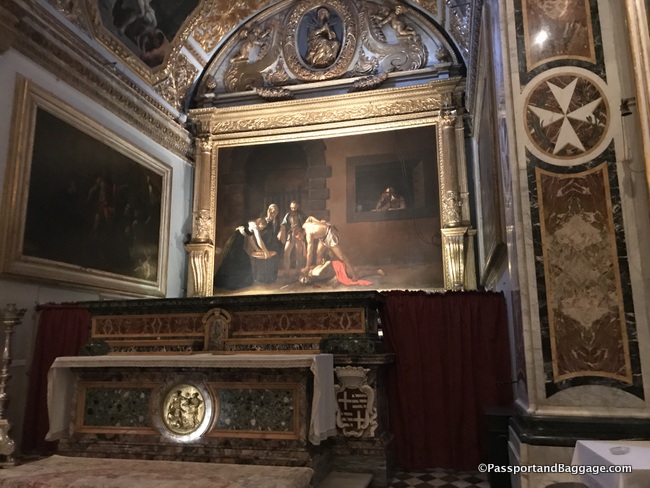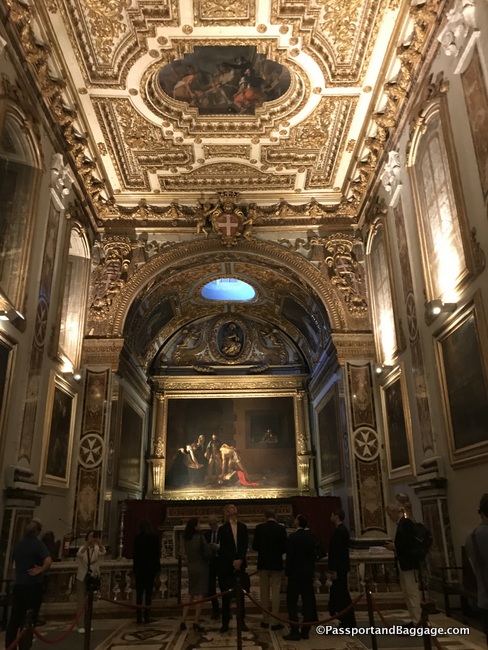November 8, 2019
Caravaggio is a painter with a range that stupefies. These innocent paintings, while filled with sexual inuendos, are what many expected of the Italian painters of his time, and yet, his brilliance really showed in his ability to capture the macabre and make it still-life as well.
Caravaggio trained as a painter in Milan before moving in his twenties to Rome. He had a reputation for provocation and violence. Caravaggio murdered Ranuccio Tomassoni in 1606 and was forced to flee to Naples. He became an instant success in Naples receiving at least ten commissions including a number of very large and prestigious altarpieces.
However, on the 12th of July 1607, Caravaggio left for Malta at the behest of his patroness Constanza Colonna. It is possible that the Colonna family who had strong links with Malta and the Knights felt that joining the Order would give Caravaggio immediate protection and aid in procuring a Papal pardon for his eventual return to Rome.

St. Jerome Writing hangs in the St. John’s Co-Cathedral. This image is from Wikimedia. Notice the sign of the Knights of Malta on the bottom right-hand corner.
Soon after establishing himself on Malta Caravaggio painted a devotional painting for Ippolito Malaspina titled St. Jerome Writing, one of two Caravaggio’s that hang in St John’s Co-Cathedral in Valetta.
Alof de Wignacourt was the Grand Master of the island at the time and ruled with an iron fist and answered only to the Pope. Wignacourt found himself the ruler of a brand new city, and the opportunity to enhance its position by utilizing such a well-known painter as Caravaggio was not lost on him.
There were two conditions to becoming a Knight one is that the candidate must spend a full year on the island and second was to pay a tribute known as a passaggio. Caravaggio had little or no money and Wigancourt wanted an altarpiece for the newly completed co-cathedral of St. John, Caravaggio agreed to do a painting in lieu of his passaggio. The subject was specified as the Beheading of St. John.
According to Andrea Pomella in Caravaggio: An Artist through Images, The Beheading of Saint John the Baptist is widely considered to be Caravaggio’s masterpiece as well as “one of the most important works in Western painting.” Jonathan Jones (British art critic for The Guardian) has described The Beheading of Saint John the Baptist as one of the ten greatest works of art of all time: “Death and human cruelty are laid bare by this masterpiece, as its scale and shadow daunt and possess the mind.”
Unfortunately for Caravaggio, once the painting was complete the full scale of his commitment came clear. The strict observances of the order were more than he could obey and he was thrown in jail. Early biographers are vague on exactly what went wrong but the assumed cause was an instance of Caravaggio insulting a knight of higher ranking.
According to one of Caravaggio’s earliest biographers – Giovanni Pietro Bellori “He lived in Malta in dignity and abundance. But suddenly, because of his tormented nature, he lost his property and the support of the Grand Master. On account of an ill-considered quarrel with a noble knight, he was jailed and reduced to a state of misery and fear”
Caravaggio was detained in an underground cell cut directly into the rock of the Castel Sant Angelo a bell-shaped chamber eleven feet deep sealed with a heavy trap door and reserved for knights who had been guilty of serious offenses.
However difficult a feat Caravaggio managed to escape the cell get off of Malta and by October of 1608 he was in the Sicilian port of Syracuse.
If you are interested in delving deeply into the life of Caravaggio I recommend the tome Caravaggio by Andrew Graham-Dixon.
The Oratory is, in itself a stunning room.
